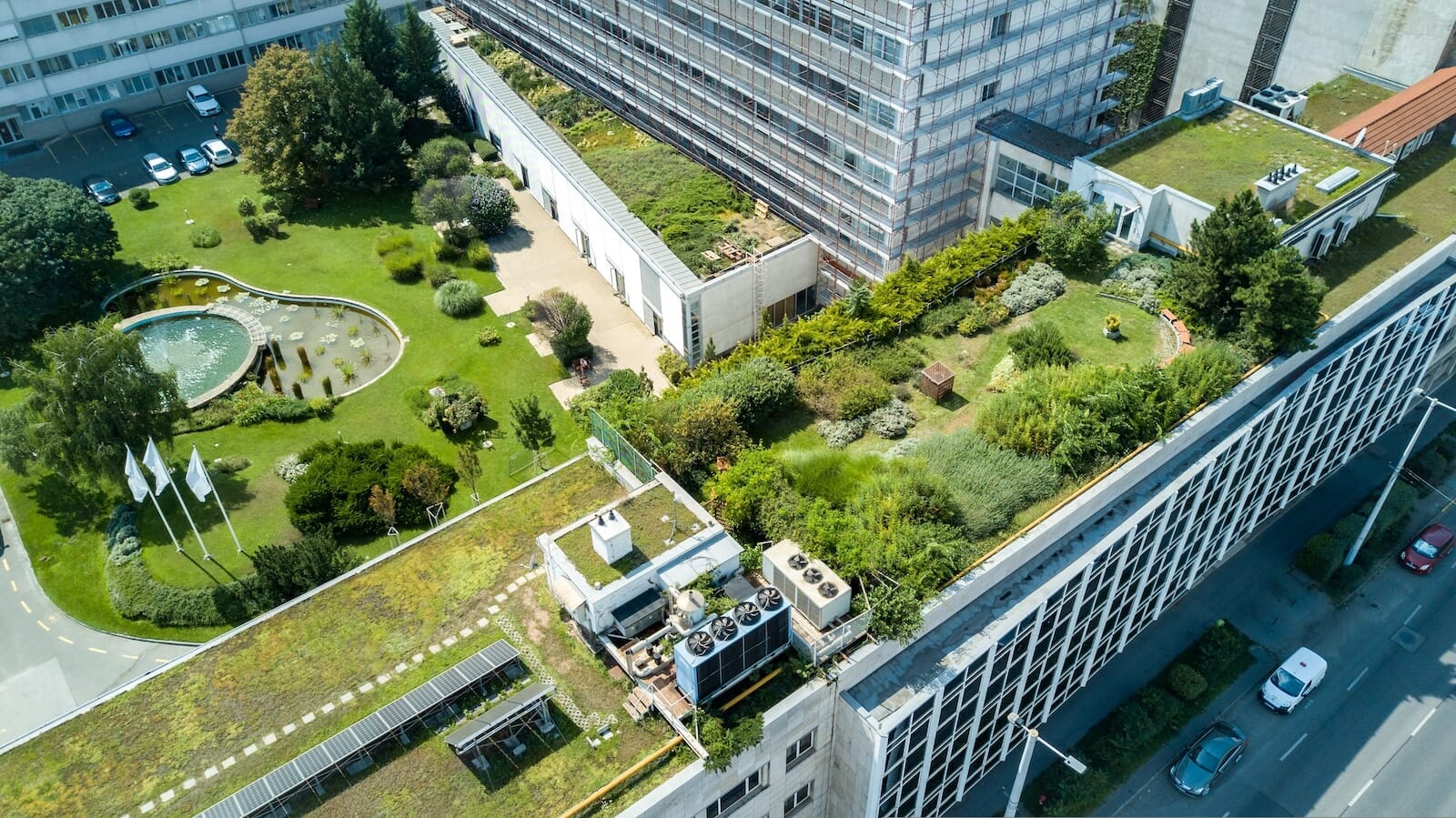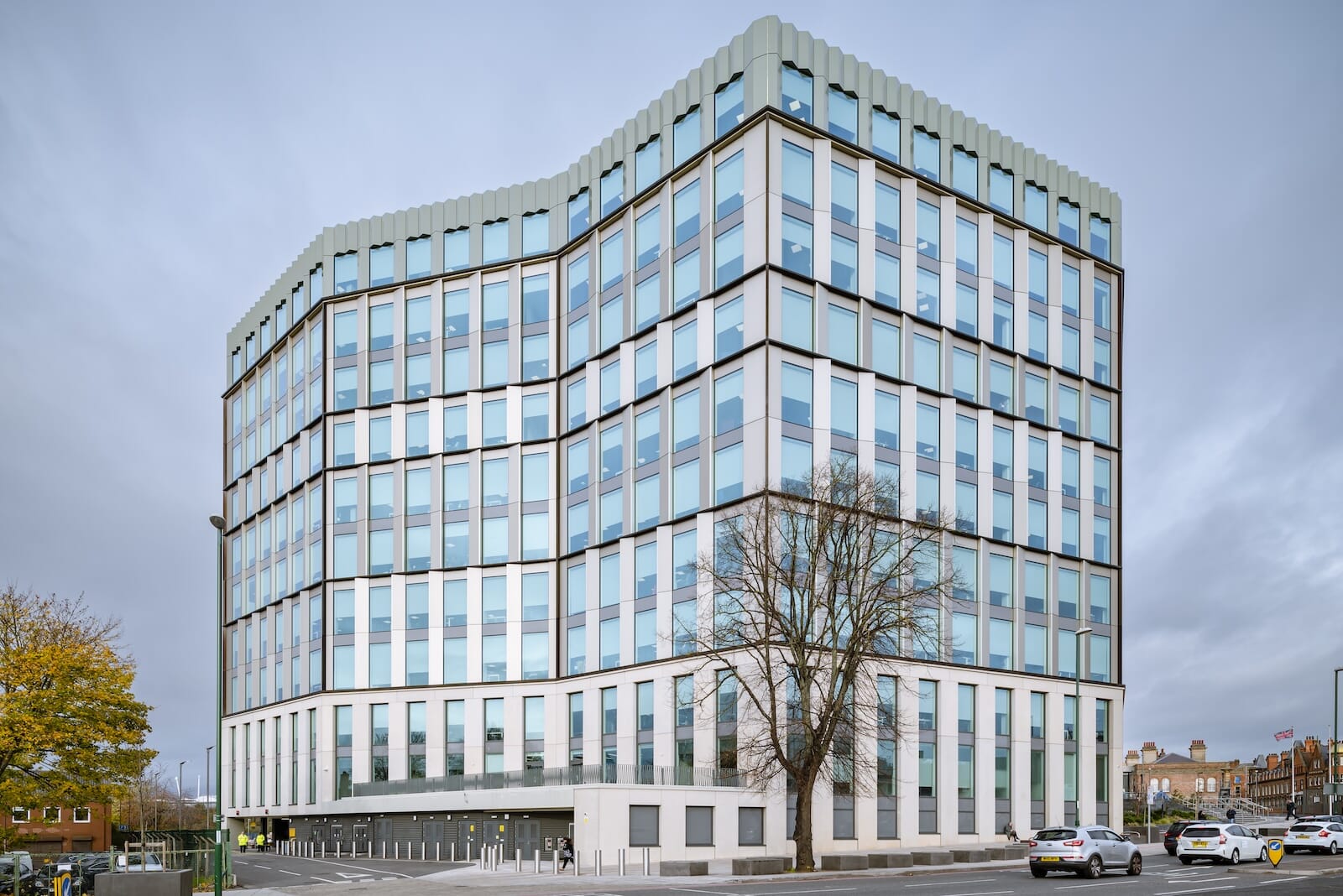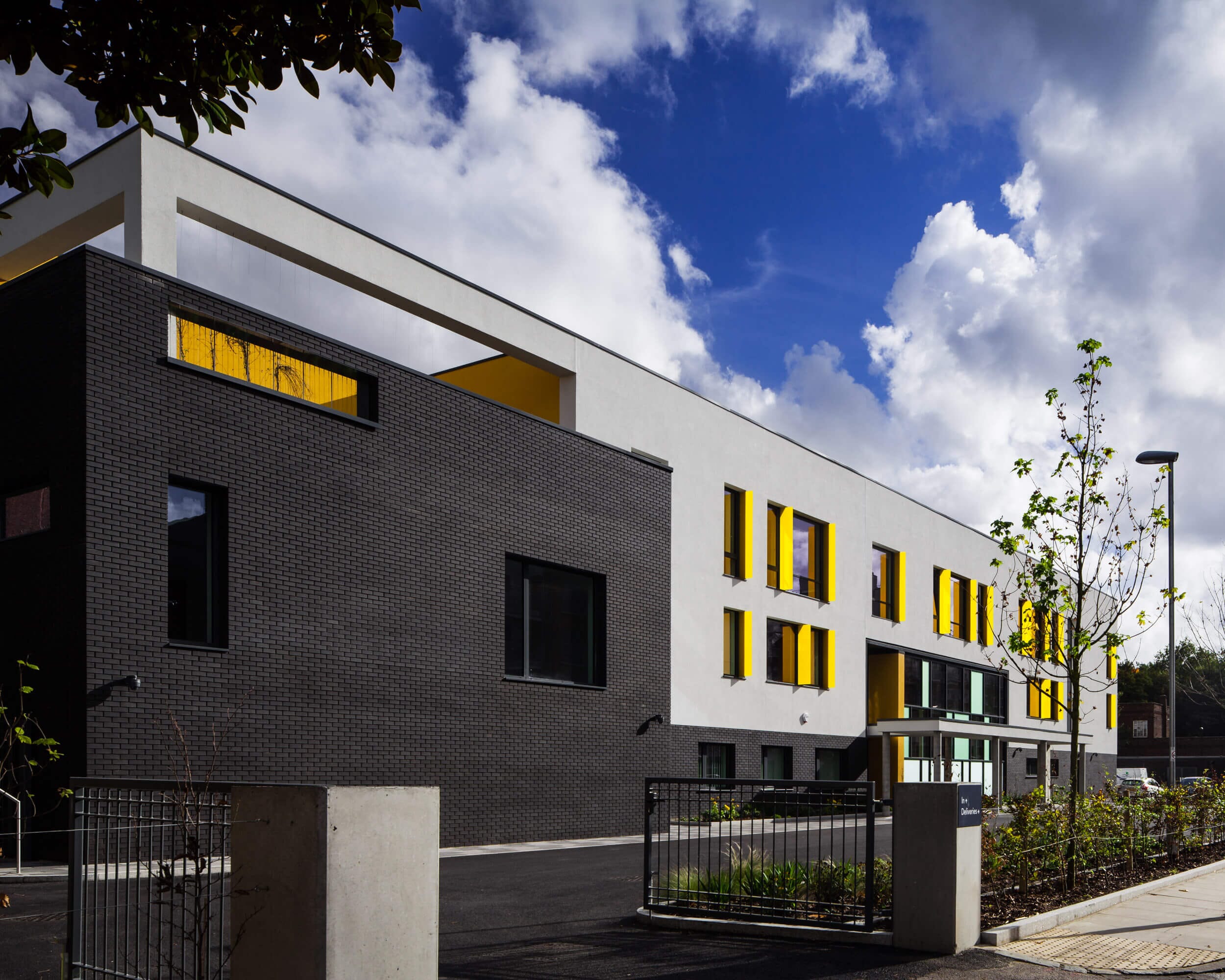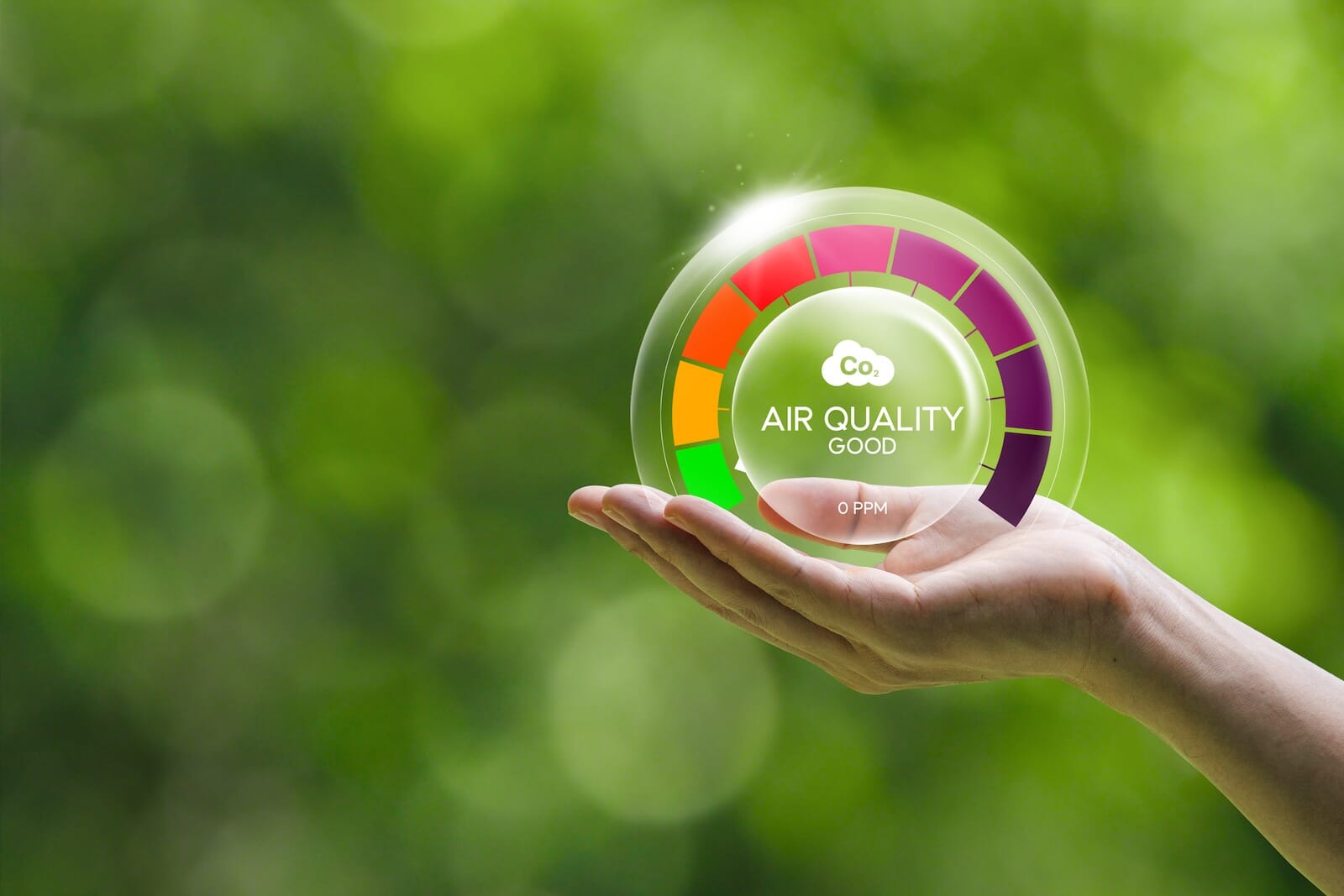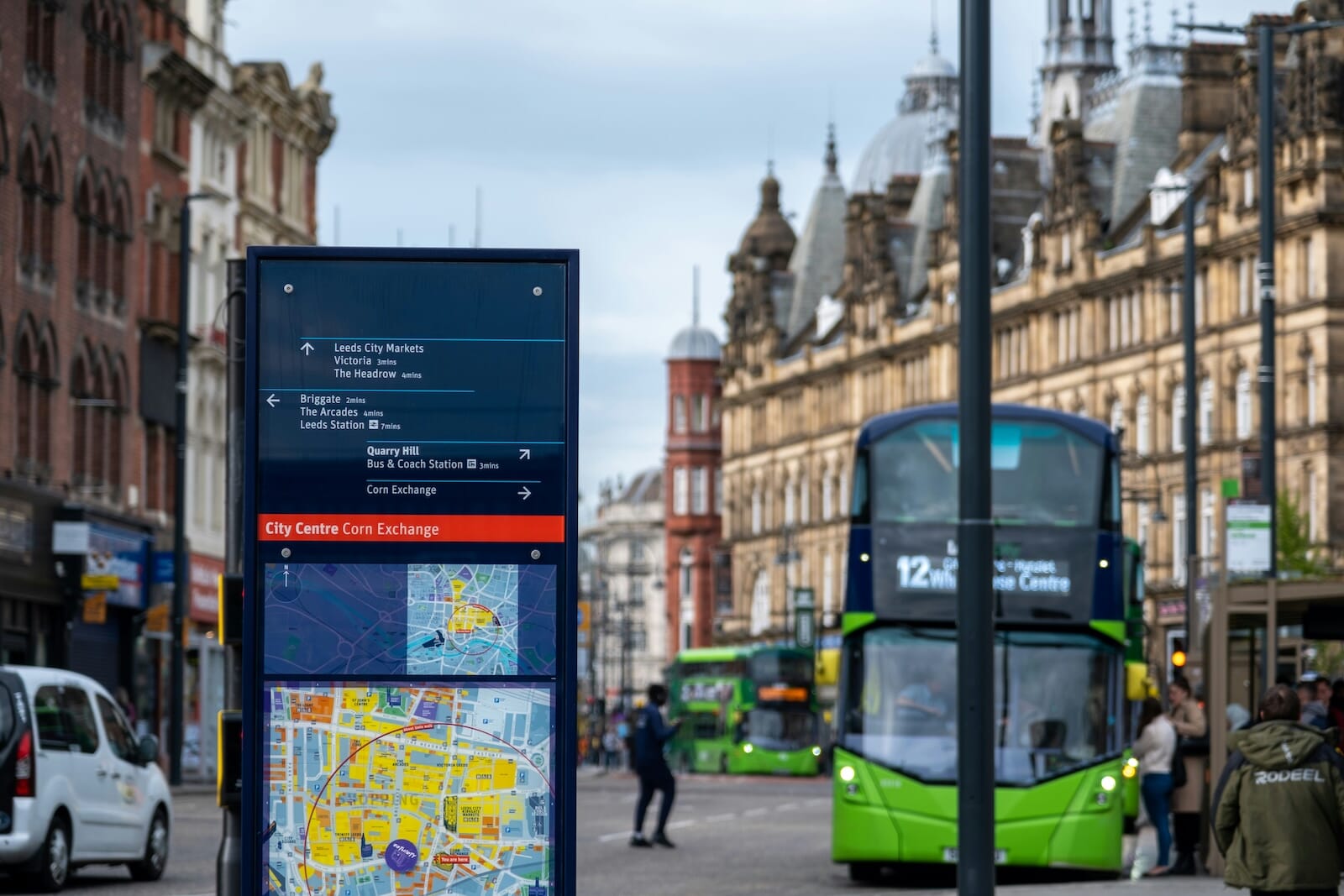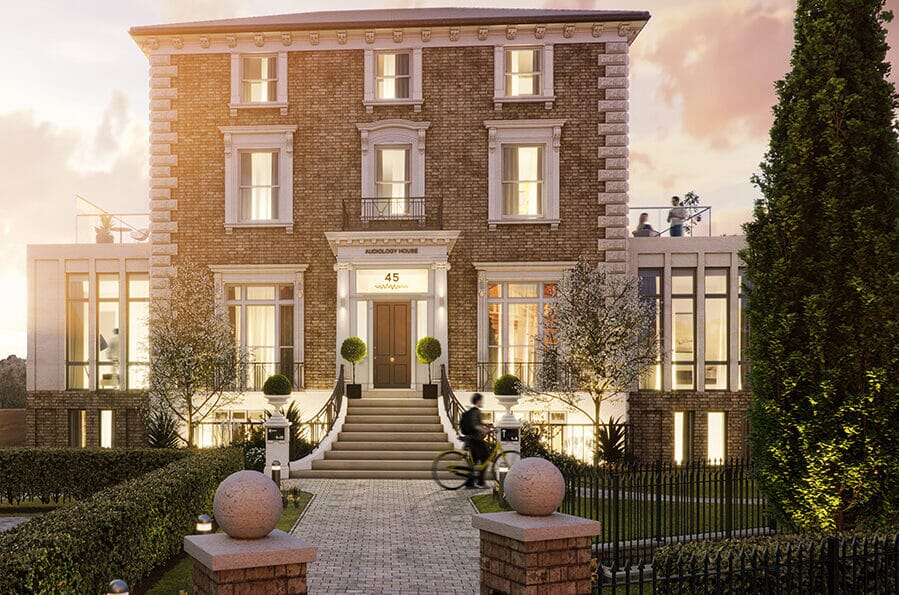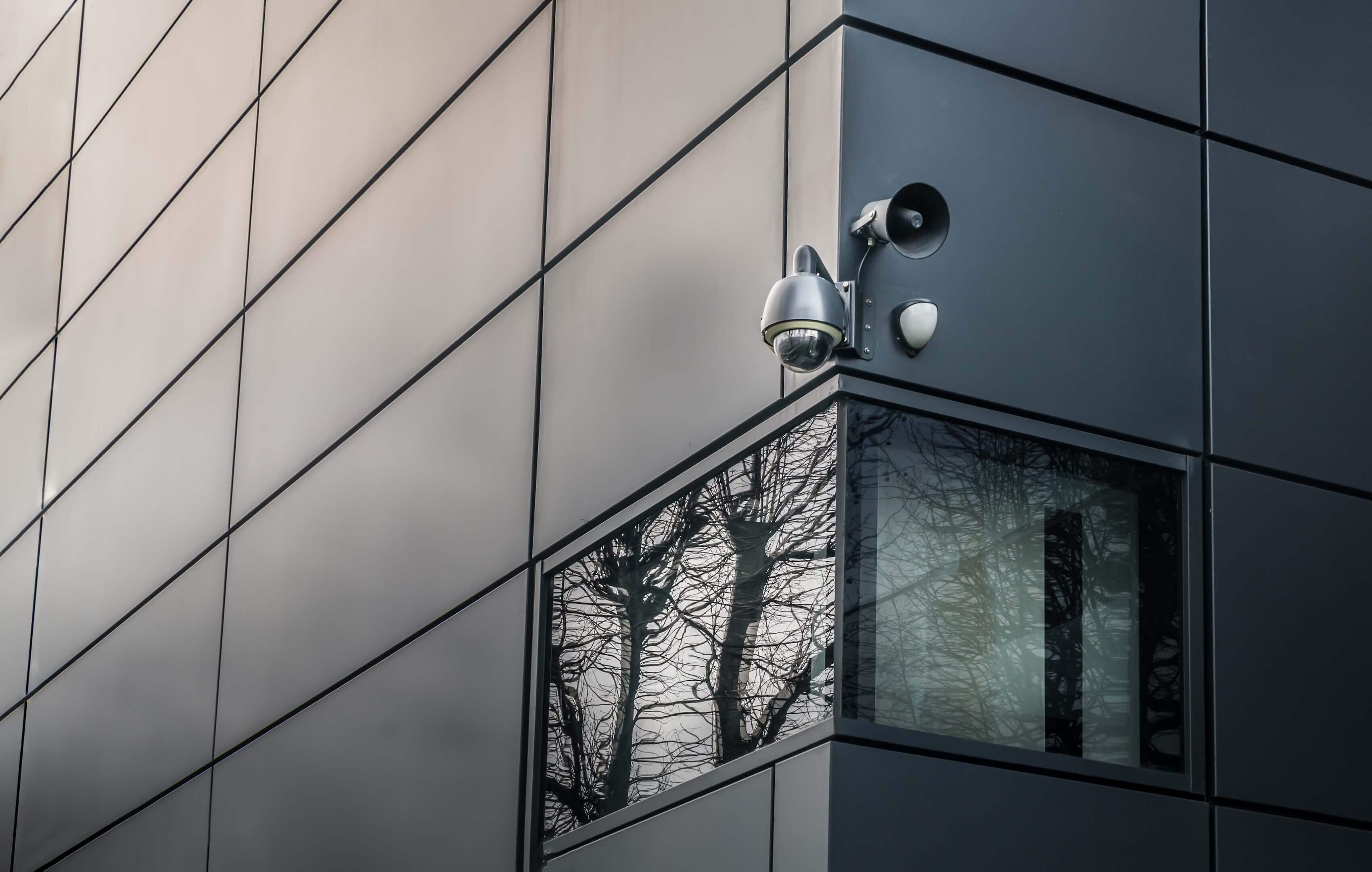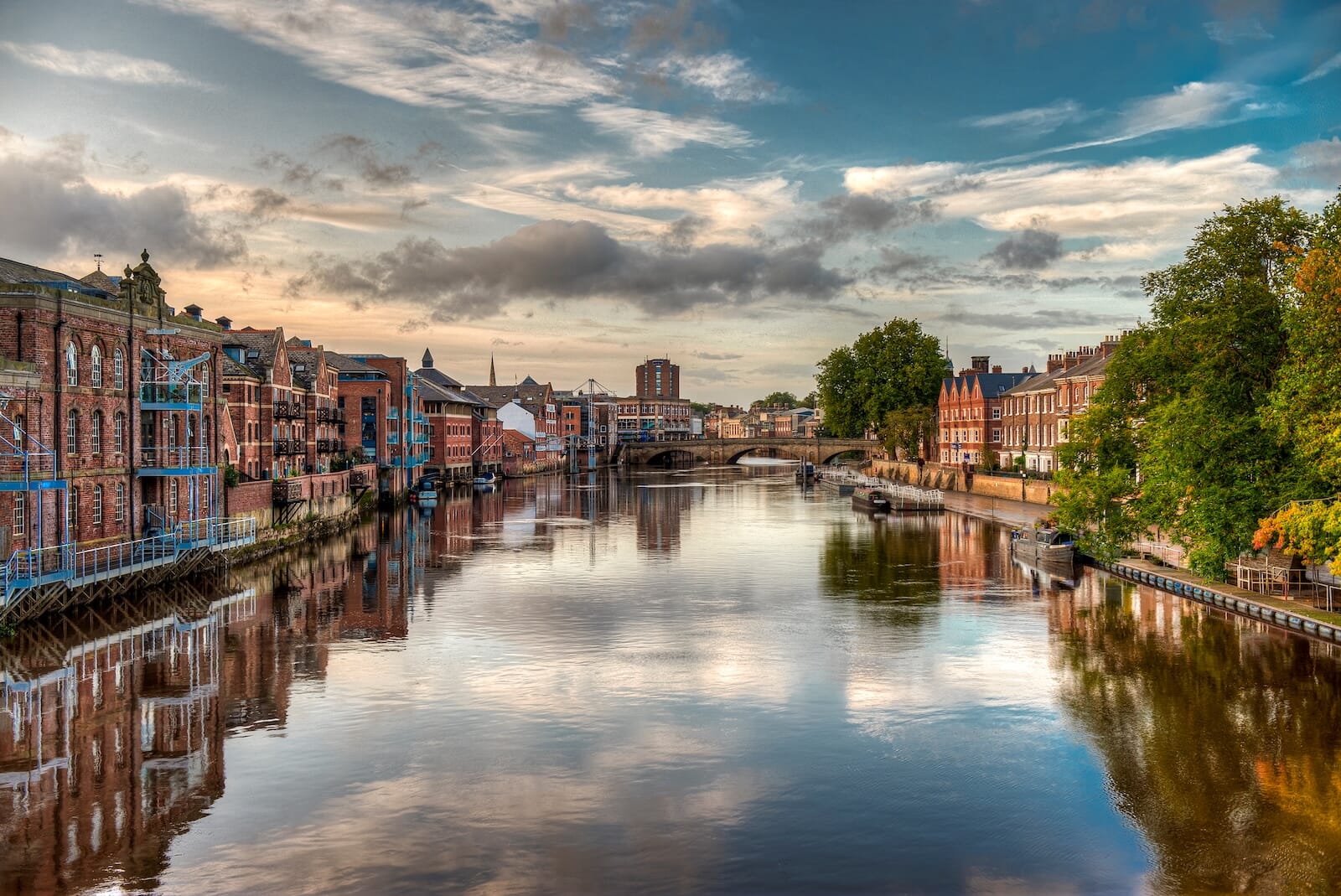What is a Landscape Visual Impact Assessment and why does it matter?
When planning how your development will interact with its landscape, consider more than just aesthetics. You also need to consider how it will deliver long-term value to the environment and to people. According to Homes England, "well-designed, landscape-integrated regeneration projects can lead to 15–20% increases in property values and higher levels of community satisfaction." And that’s exactly where a Landscape and Visual Impact Assessment (LVIA) comes in.

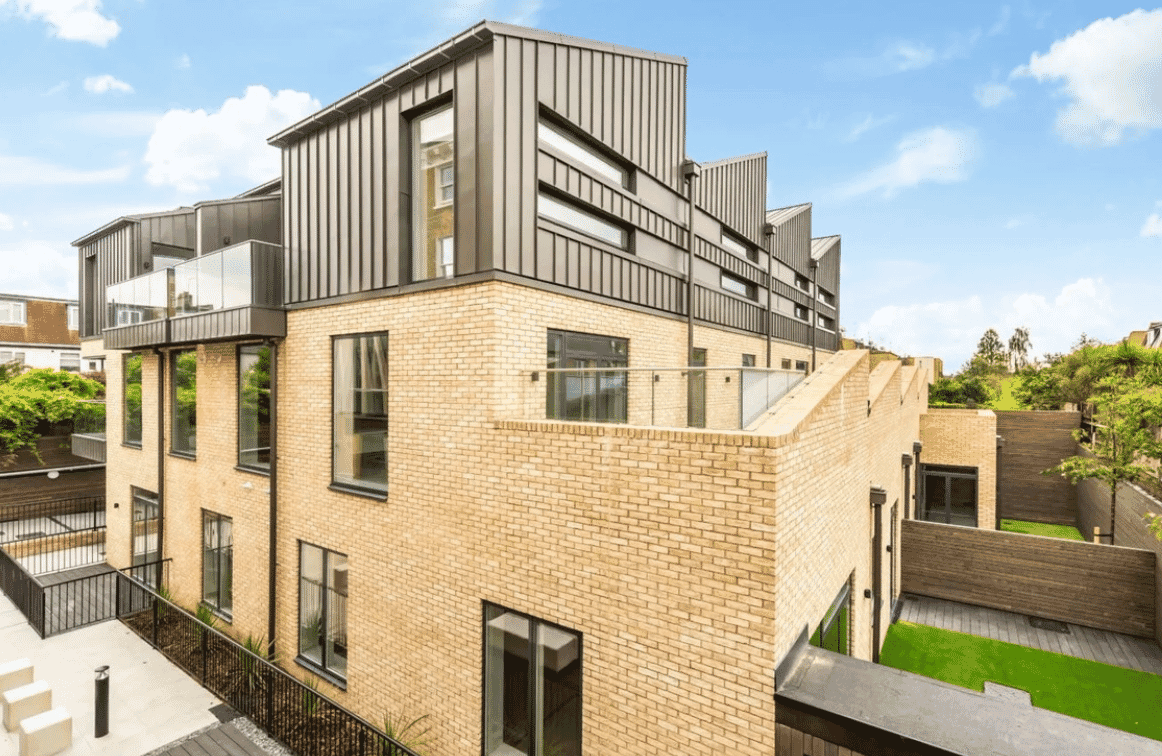
These assessments are an essential part of the planning process, helping developers, local authorities, and communities to understand how a proposed development will affect the character and visual quality of the landscape. But what exactly does an LVIA involve, when is one required, and why does it matter for your planning application?
What is a Visual Impact Assessment?
A Landscape Visual Impact Assessment (LVIA) is a systematic study that’s used to evaluate how a proposed development will affect both the landscape itself, and the way that people perceive it.
An LVIA looks at landscape impact i.e. how the physical character and quality of the landscape will change, and visual impact i.e. how these changes will alter what people can see from different viewpoints. The report combines these two aspects to provide a clear and evidence-based understanding of a development’s potential effects, both during construction and once it’s complete.
LVIAs are often required as part of a wider Environmental Impact Assessment (EIA), but can also be submitted as standalone reports for smaller schemes where visual or landscape changes are a key concern.
When is a Landscape Visual Impact Assessment required?
A Landscape Visual Impact Assessment may be required if a development has the potential to alter people’s views or the overall character of the landscape. Common examples include:
- Residential, commercial, or mixed-use developments in sensitive locations such as Green Belt land, Areas of Outstanding Natural Beauty (AONB), or near heritage sites
- Renewable energy projects, such as wind or solar farms
- Infrastructure projects, including roads, pipelines, or power lines
- Quarry, mineral extraction, and waste management schemes
- Tall structures such as telecommunications masts or wind turbines
Local authorities will usually determine whether you need an LVIA during the screening or scoping stages of planning. But even if an LVIA is not formally required, proactively commissioning one will demonstrate your commitment to environmental responsibility, which will strengthen your planning application and increase the likelihood of approval.
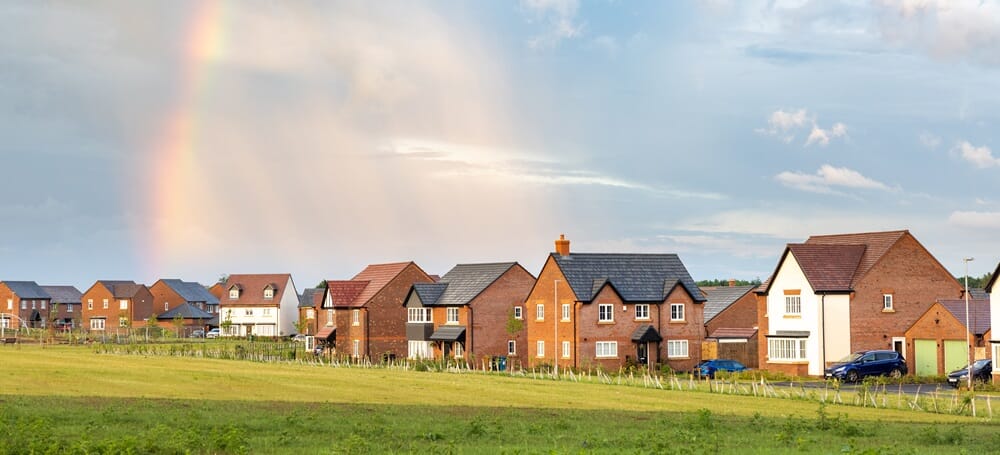
Why are Landscape and Visual Impact Assessments important?
An LVIA isn’t just about meeting planning requirements. It’s a crucial part of the process that helps you make smarter, evidence-based design choices, as every decision is informed by a deep understanding of the landscape and its visual character.
LVIAs can help by:
- Supporting planning applications. Local planning authorities expect you to demonstrate that you have considered all visual and landscape effects. A robust LVIA can strengthen your planning application and reduce the risk of refusal.
- Identifying design opportunities. By assessing the landscape impacts of a development during planning, you can adjust layouts, building heights, or landscape treatments early on, which will save you time and money later down the line.
- Managing stakeholder concerns. An LVIA will give you clear visualisations and photomontages that show how your development will look in context, which you can present to local communities and consultees to ease their concerns.
Protecting the environment. An LVIA will ensure that your development sits sensitively within its surroundings, helping to maintain the character and visual harmony of the landscape.
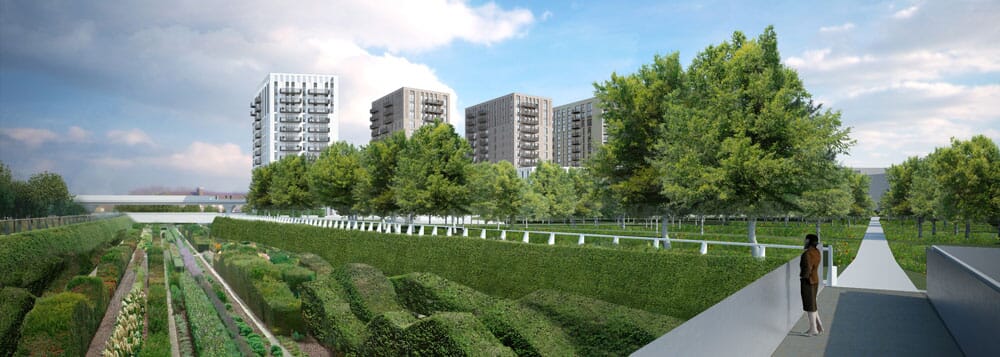
What does a Visual Impact Assessment include?
A professional Landscape and Visual Impact Assessment follows best practice guidance that’s set out in the Guidance for Landscape and Visual Impact Assessment (GLVIA3) published by the Landscape Institute. Most LVIAs include the following steps:
- Baseline studies i.e. describing the existing character, topography, vegetation, land use, and key viewpoints of the landscape.
- Assessment of sensitivity and magnitude i.e. evaluating how susceptible the landscape and visual receptors are to change, and how extensive those changes will be.
- Impact evaluation i.e. identifying and evaluating the scale, extent, and duration of the landscape effects during construction and operation.
- Mitigation proposals i.e. recommending design or planting measures that will reduce or offset the potential landscape impacts.
- Visualisations i.e. producing accurate photomontages or 3D visual models to show what the development will look like once complete.
Helping you plan, design, and manage green spaces around your development
At Encon Associates, we’re proud to offer comprehensive Landscape Design and Visual Impact Assessment services for developments across the UK. Every LVIA we produce not only meets planning requirements but also adds genuine value to your project. We begin by conducting a comprehensive analysis of the existing environment, before suggesting appropriate mitigation strategies to ensure your project enhances, not compromises, the landscape it sits within.
Ready to plan a development that works beautifully with its surroundings? Get in touch to arrange your initial consultation.
Call: 01159 875 599 or email:
We have chosen Encon Associates to provide us with landscape schemes for a few of our developments. They were able to provide us with a quick turnaround to meet with our program. Encon have remained professional throughout and a pleasure to work with. We would gladly recommend their services.


